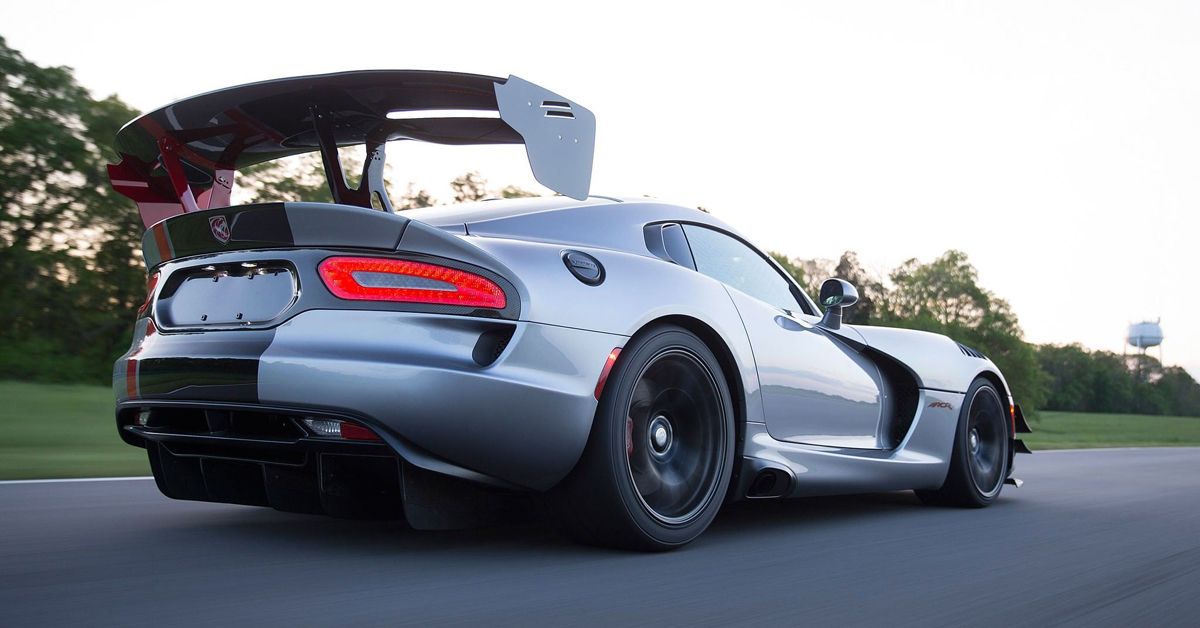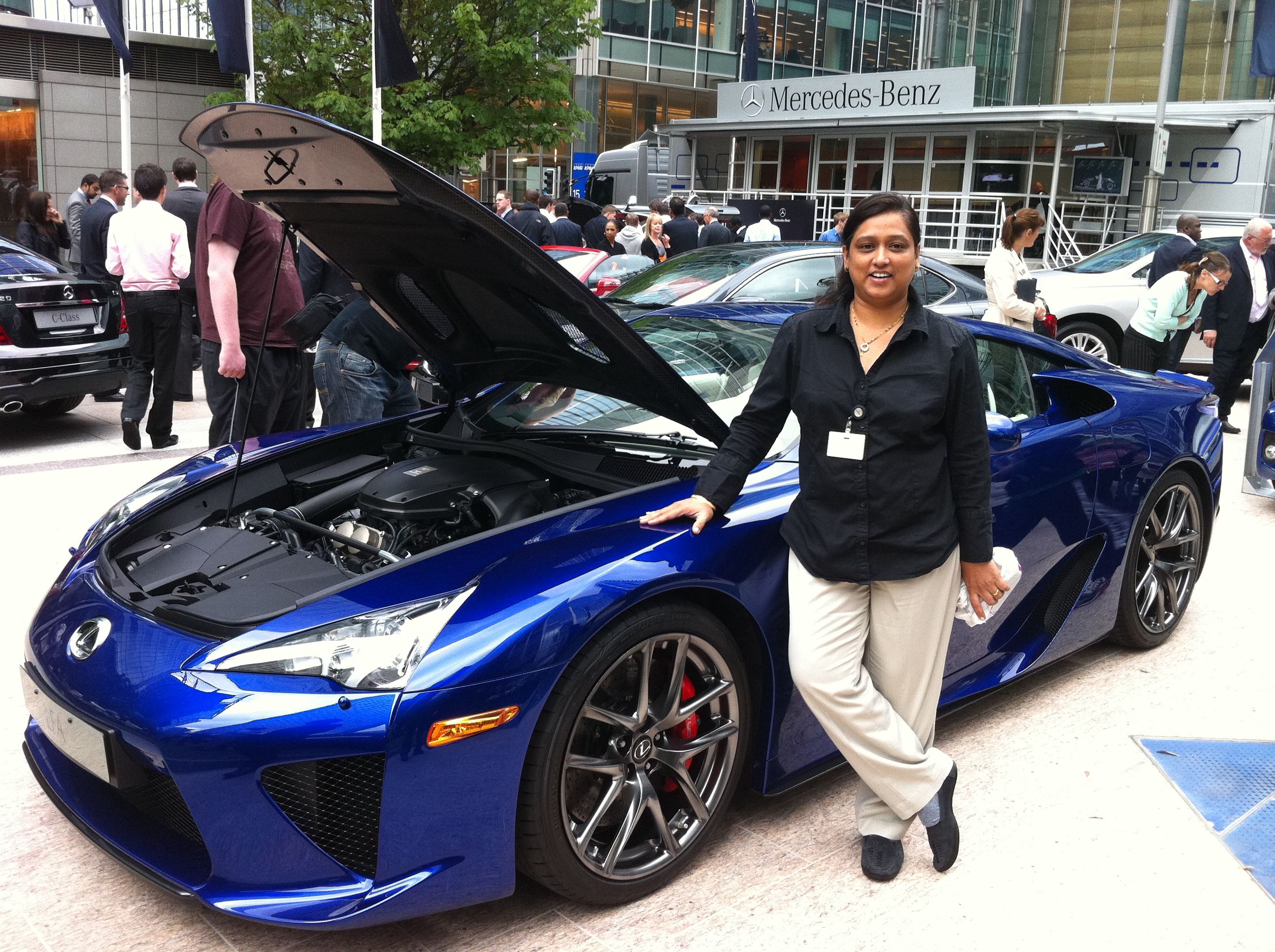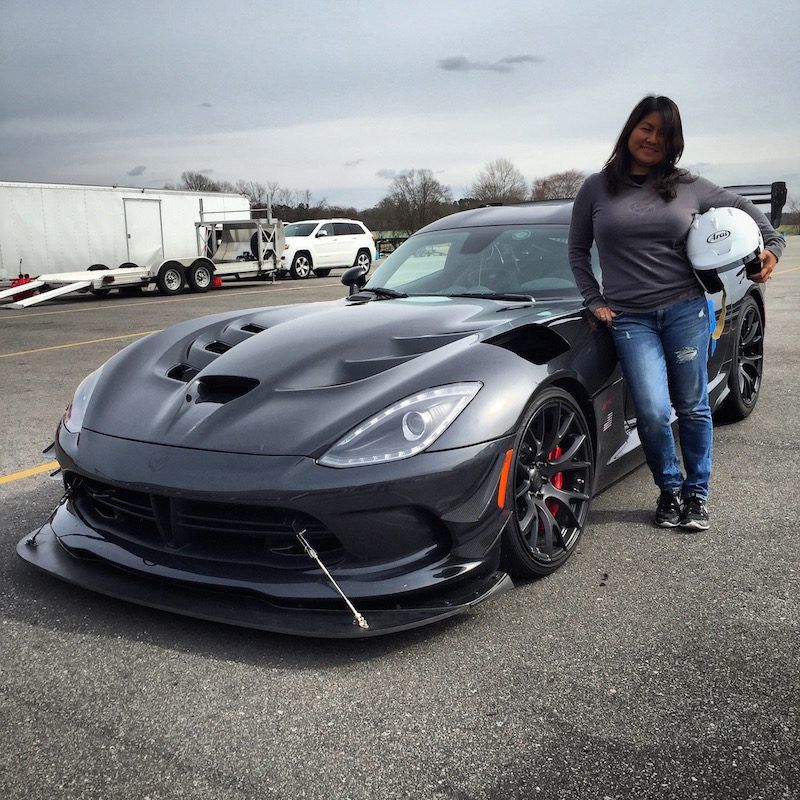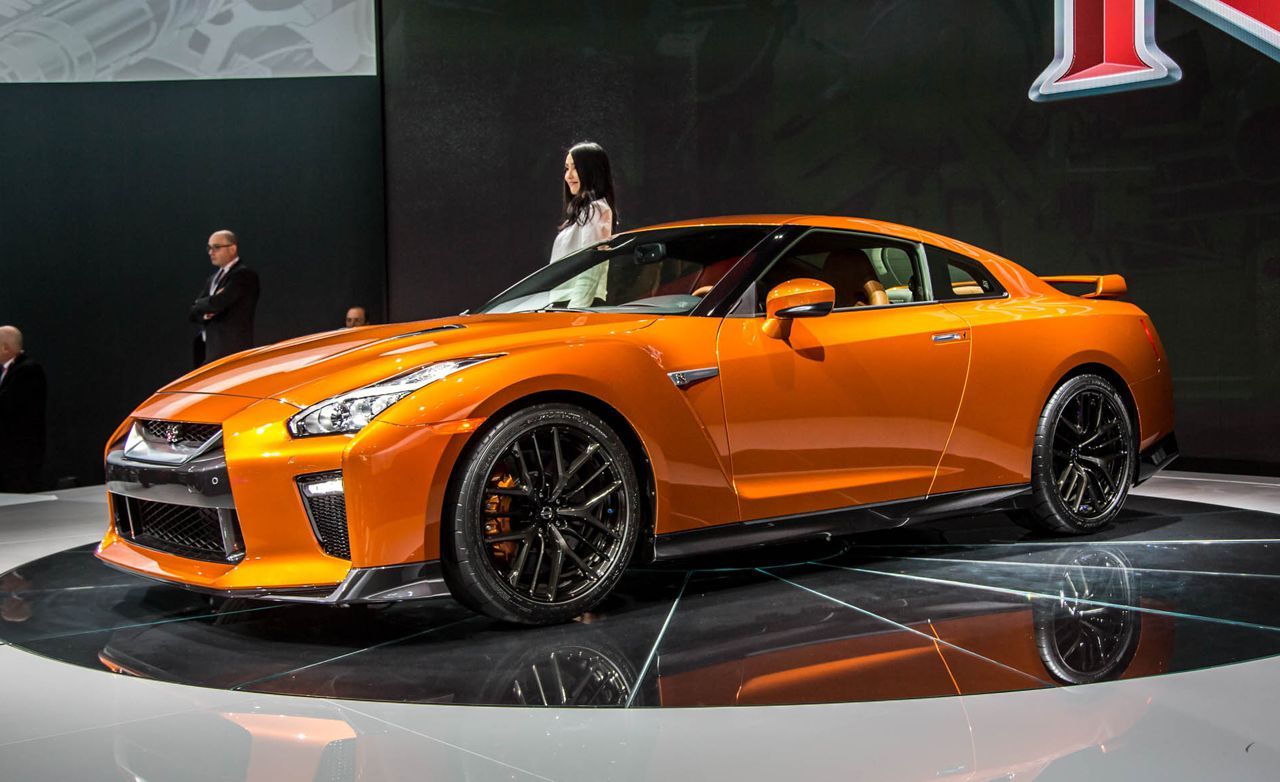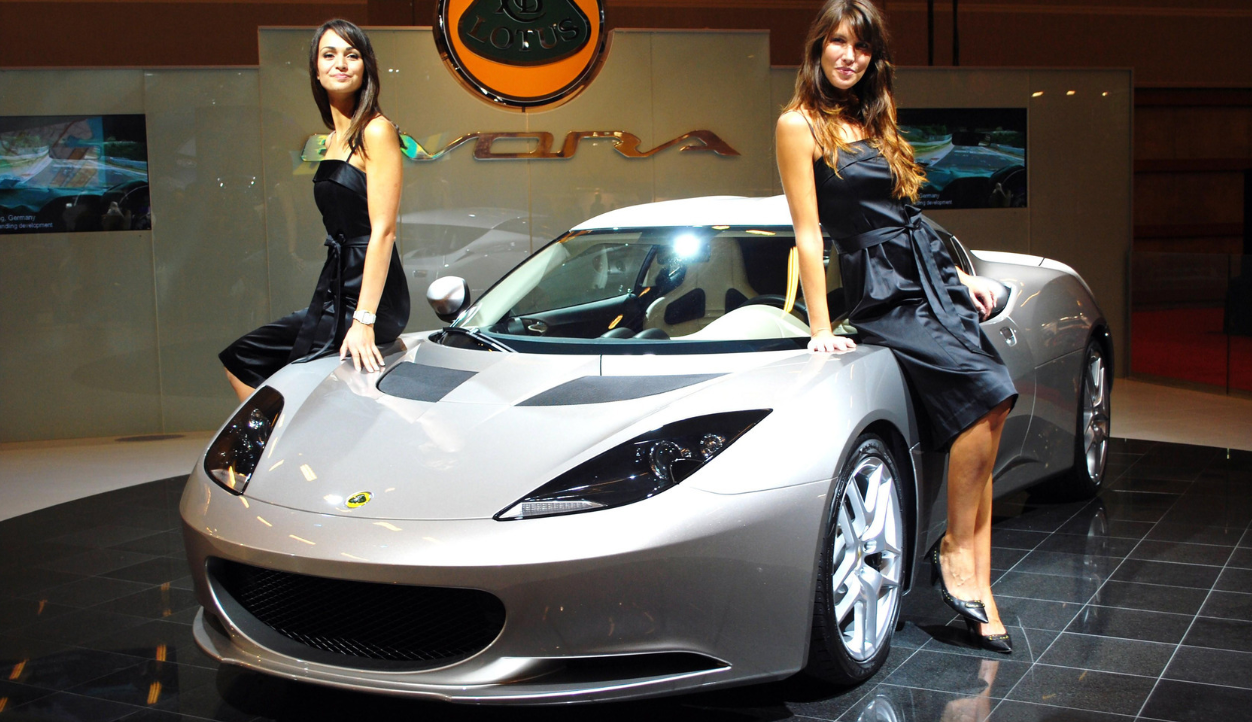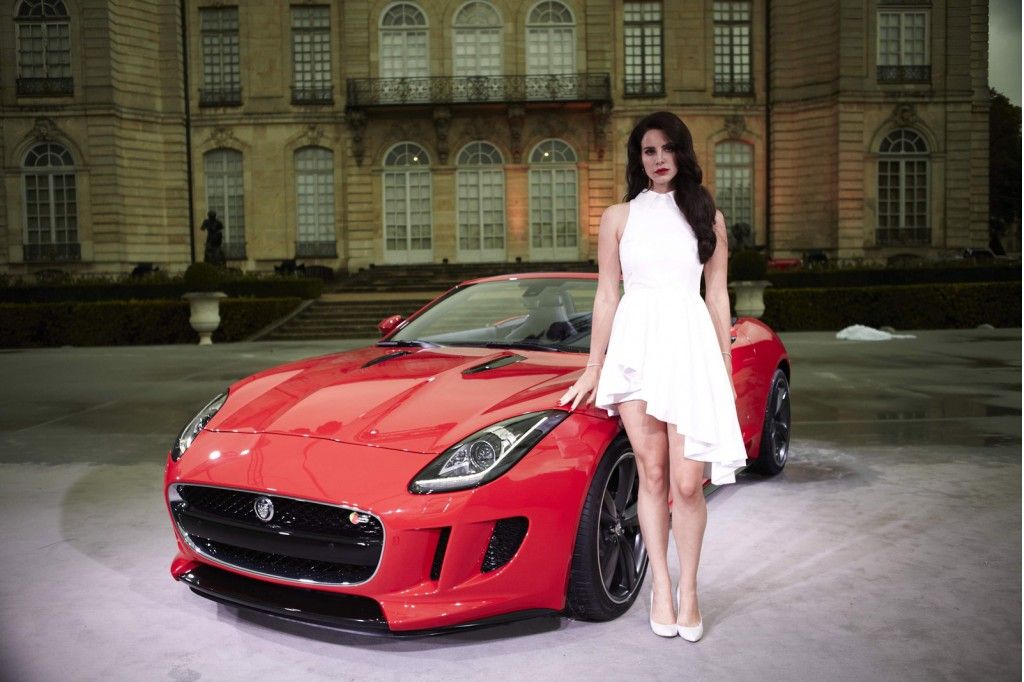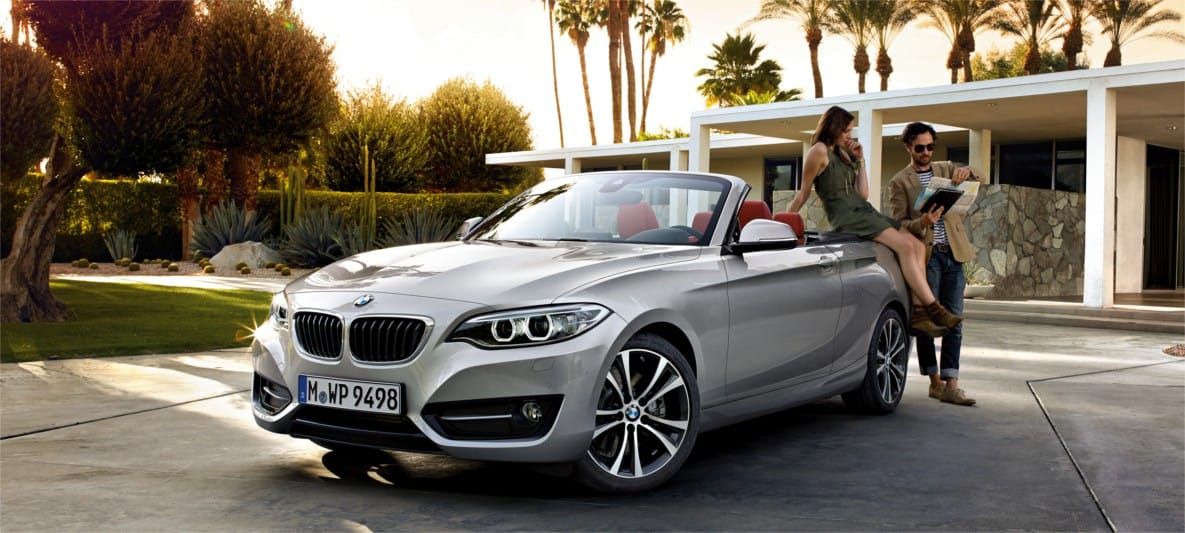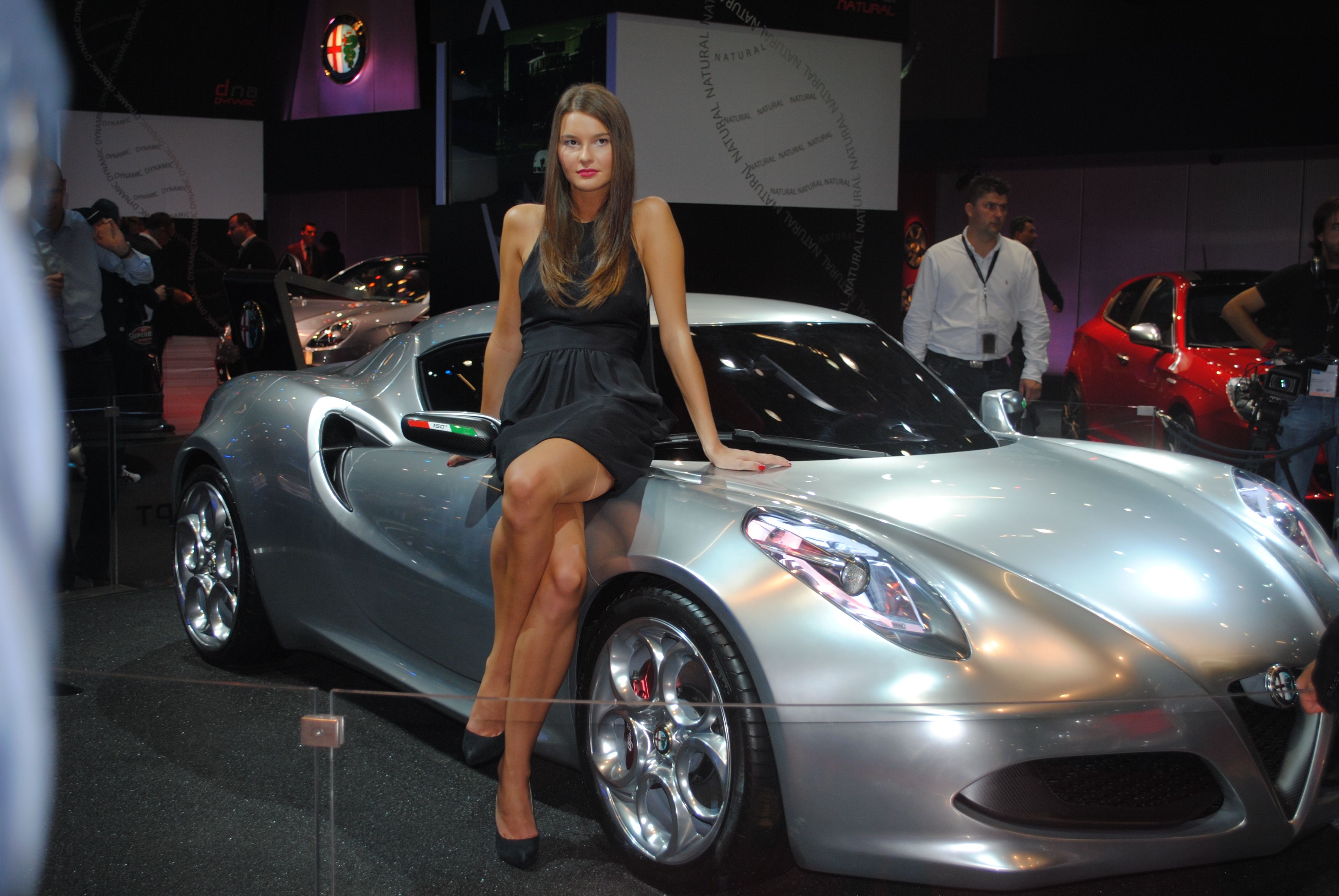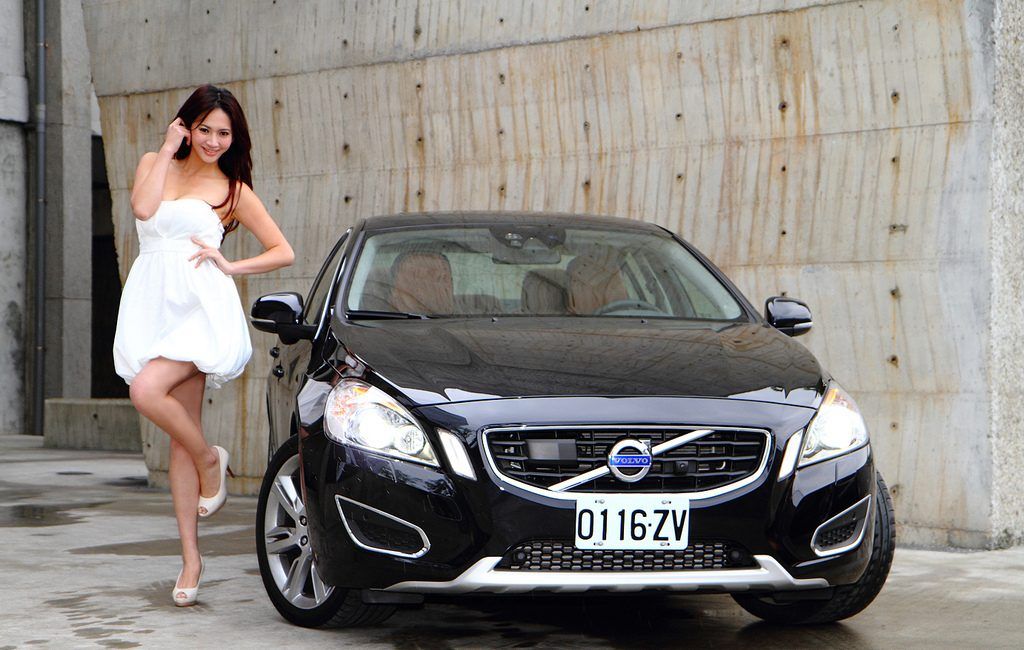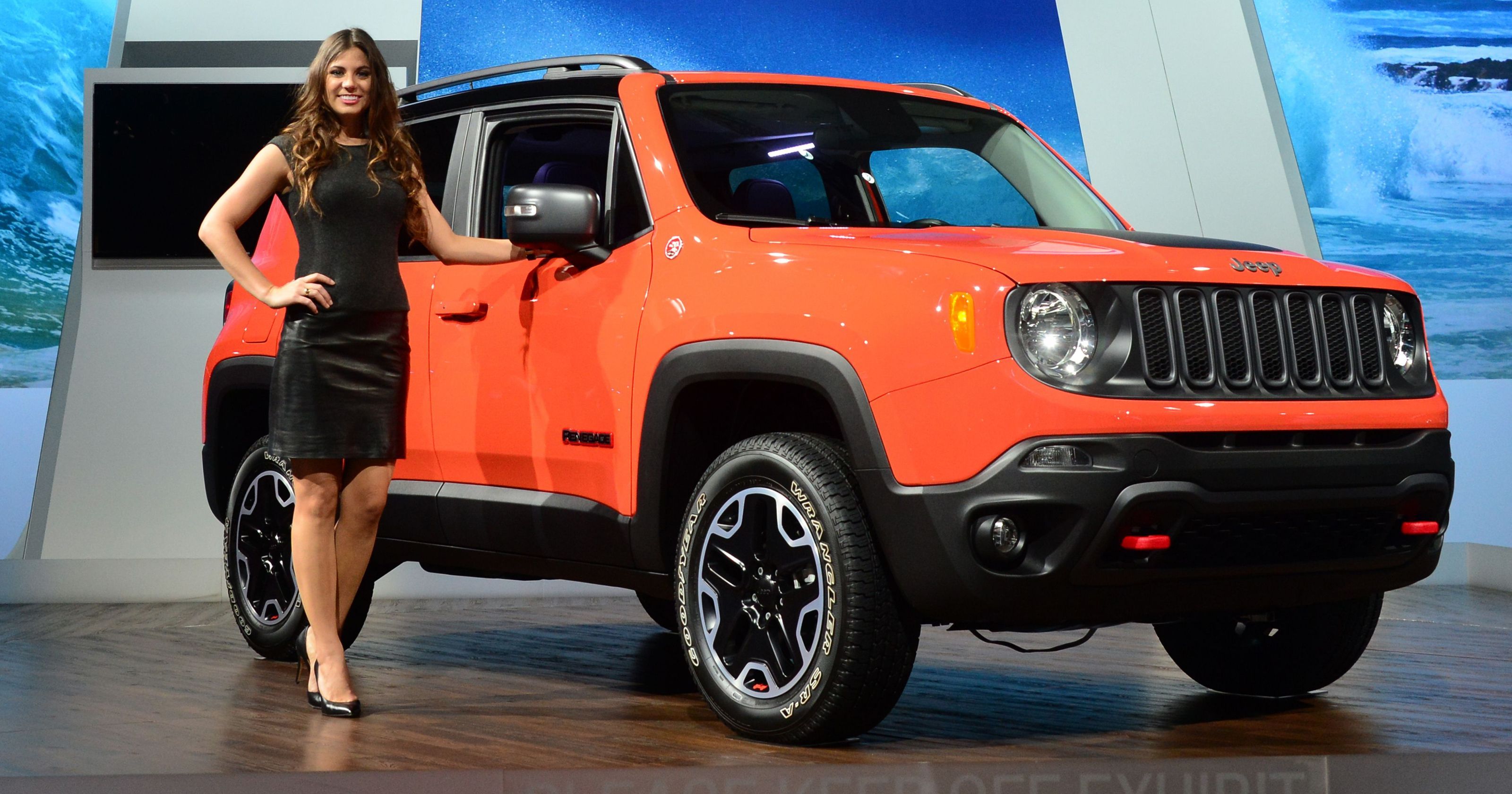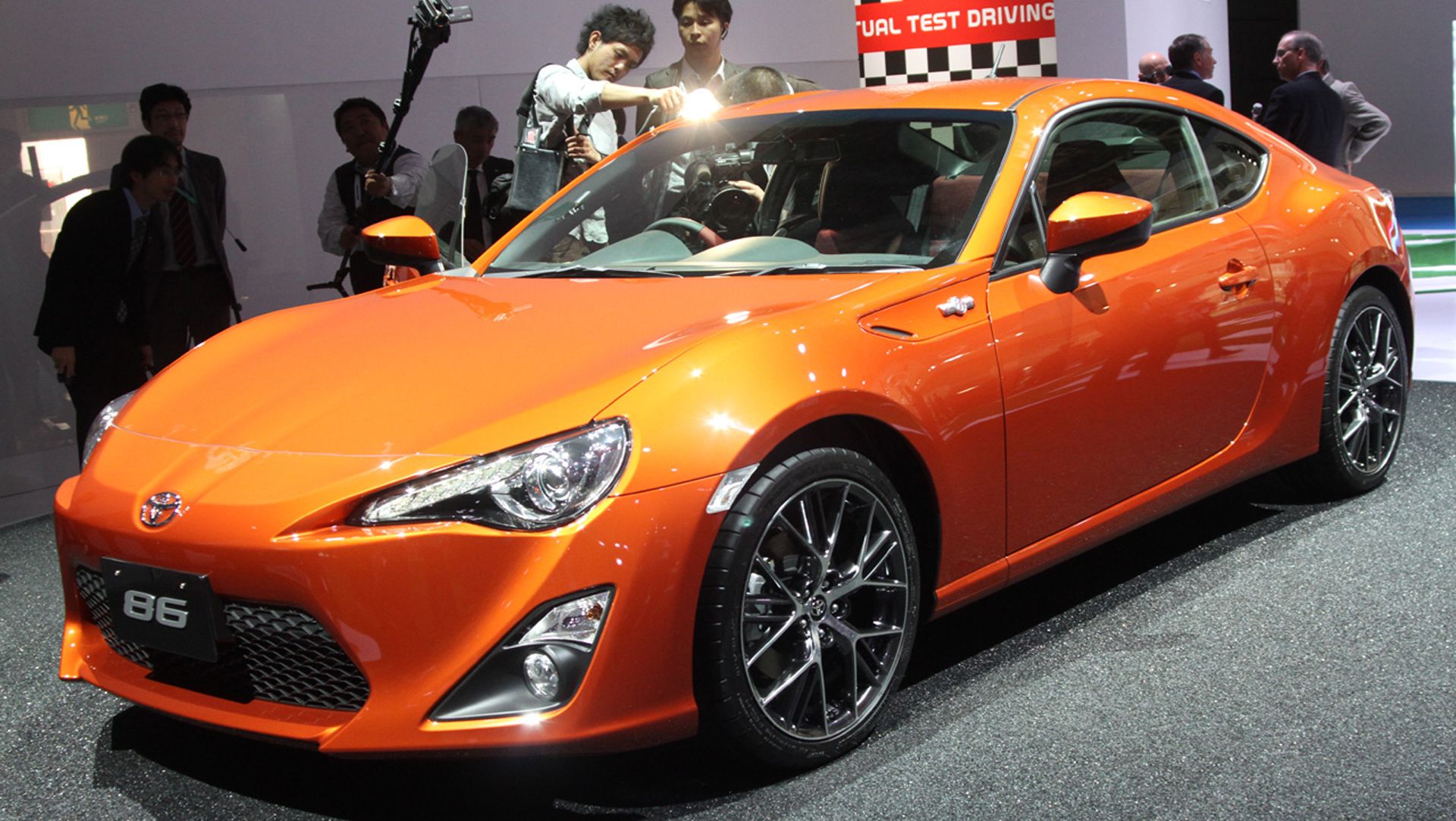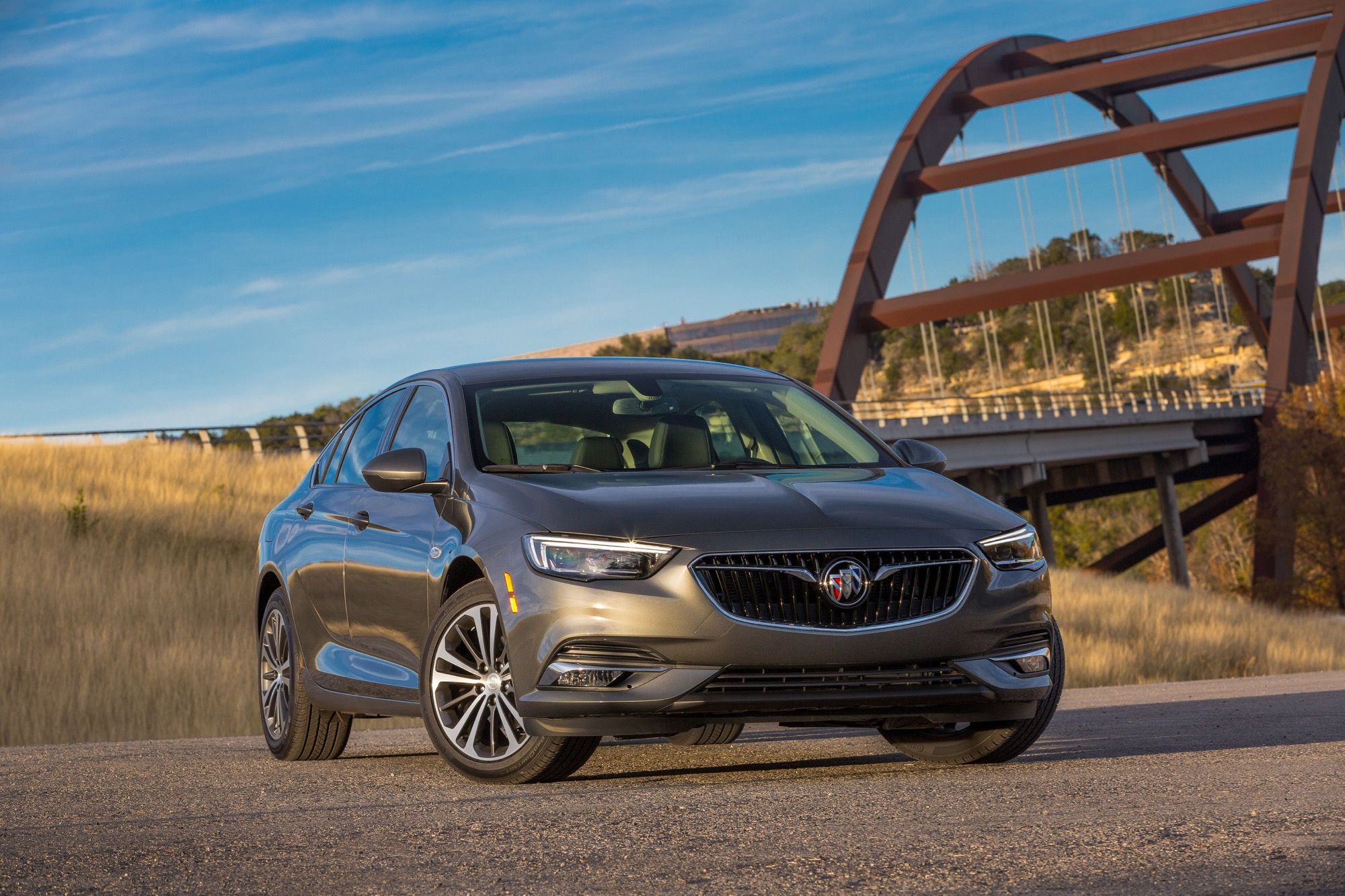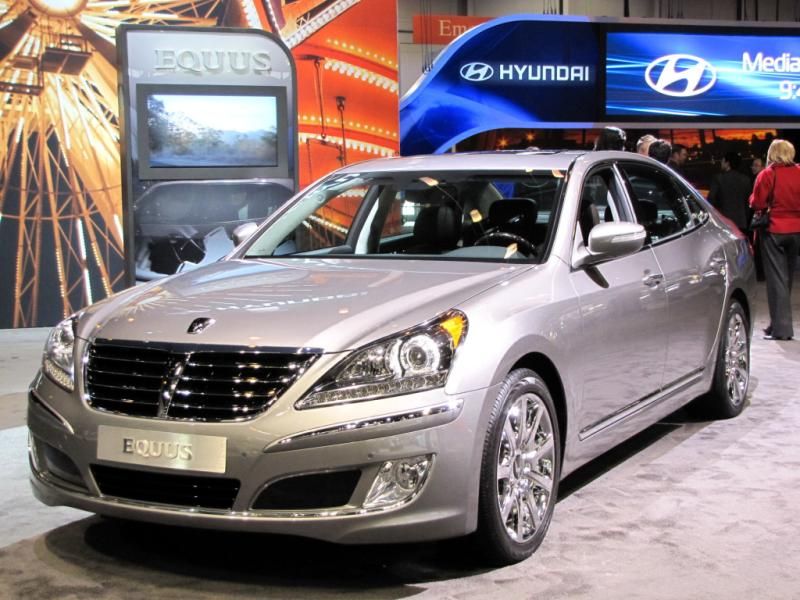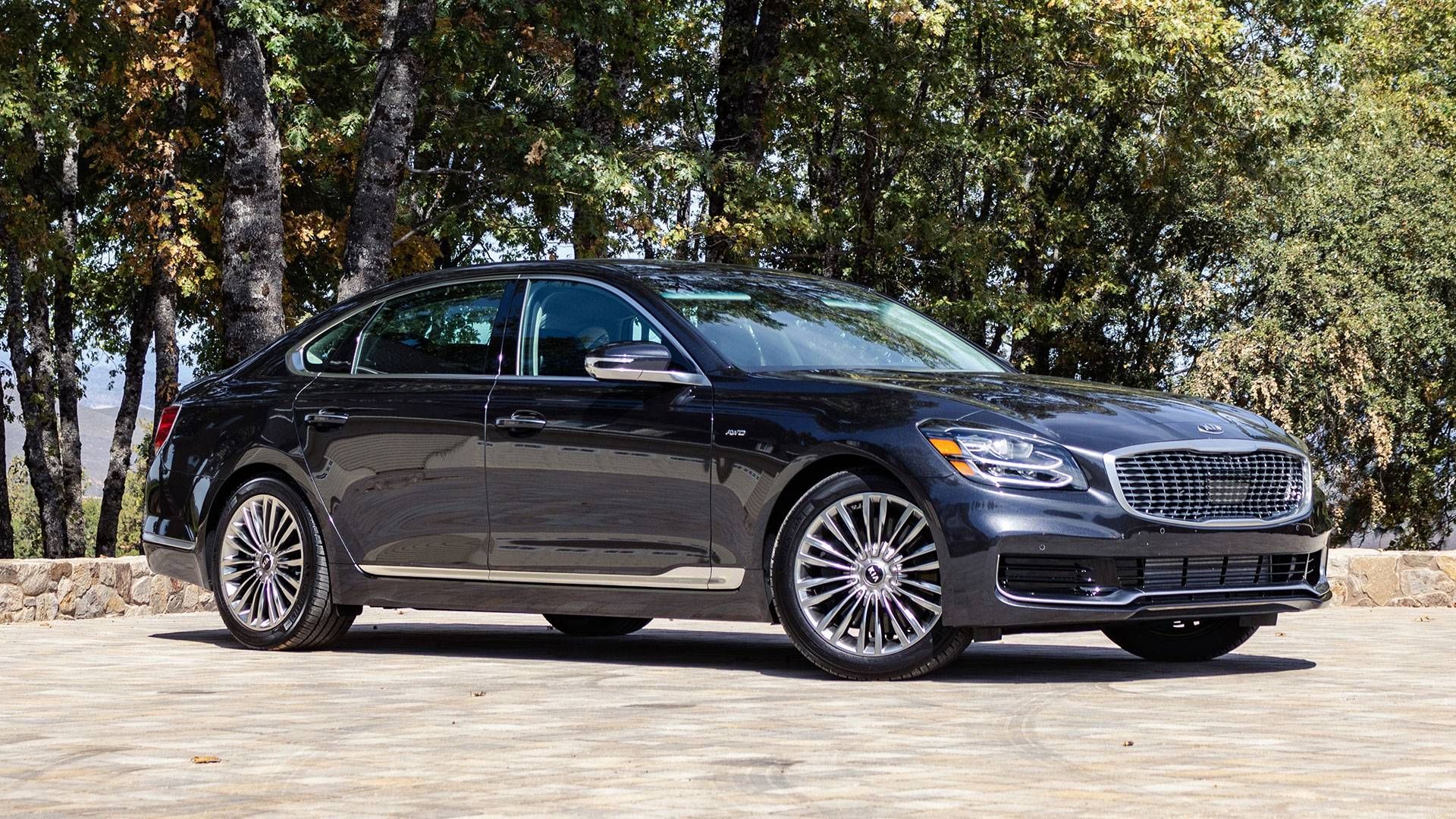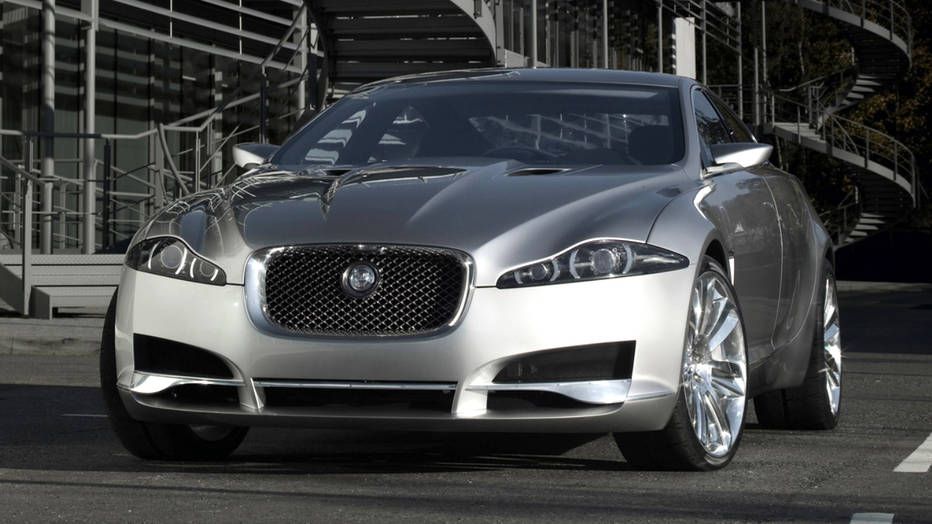Buying a car in a saturated market can be difficult. Consumers have to consider numerous aspects of a vehicle to determine the correct purchase. While certain vehicles have become the obvious choice for consumers, others provide just as much value but get overlooked. When consumers inspect vehicles, they look at the safety, reliability and performance. While those are important aspects for consumers to consider, what most people aren't aware of is that marketing plays a big role in their decision. While Toyota has garnered a reputation for producing reliable vehicles, its marketing strategy has lured in consumers to inspect the car. If consumers weren't aware of Toyota's market presence, many consumers would not veer toward the brand.
Updated February 2022: If you want a car that stands out from the crowd, these models might be a good option since not many people bought them.
Why is marketing important in car sales? Regardless of the quality that the automaker produces, if the market doesn't feel that the car has a presence, they will avoid it. That is the reason that consumers overlook high-quality cars. The car might be reliable, provide great performance and have top-tier safety, but if the manufacturer hasn't created a buzz around the vehicle, the sales will suffer. The automaker's job is to make consumers aware of its vehicles. We scoured the market and gleaned sales figures of vehicles that provided reliability, safety and performance. Our search led us to discover great vehicles that have poor sales.
20 Porsche Cayman
Porsche is the one brand that I never expected to experience dismissal sales. The 911 has done well for many decades, so when the German manufacturer unveiled a model that was similar but cheaper, most car pundits believed that it would sell like hotcakes.
According to Road and Track, Porsche sold only 2,800 Caymans in 2017. Although Boxster sales hovered around the 2,200 mark, Porsche expected the affordable, turbocharged flat-four engine car to sell much better. Maybe Porsche should lower the price? They sold 3,417 units in 2014, which is a considerably larger amount considering how niche these sports cars really are.
19 Lexus LFA
Consumers who thought that Japanese manufacturers could only produce reliable cars that didn't provide performance swallowed their words when the LFA debuted. Not only did Lexus live up to its name of producing a reliable car, but the LFA had a V10 engine that was capable of producing a stellar performance, as well as a carbon fiber body.
Lexus had a limited production of the LFA between 2010 and 2012. Although the LFA wasn't a practical car, it's a model that consumers get to see once every decade.
18 Dodge Viper
After taking one glance at the Viper, we don't believe anyone who said that they haven't fallen in love with the car. Dodge might not deserve design awards for the Dart or the Avenger, but it deserves the highest design honor for the Viper.
The car has one of the most alluring designs that will attract people who don't have a passion for cars. The Viper was popular when it debuted in the '90s, as it fared well against competitors such as Ferrari and Mercedes. Then, the Viper lost its market footprint and ended up being discontinued altogether.
17 Nissan GT-R
Most cars featured on the list suffered poor sales due to poor marketing. That wasn't the case with the GT-R. The car features in video games, movies and billboard posters, yet the market hasn't invested its money in the car. Considering the car provides excellent performance and dashing looks, I'm surprised that Nissan sold only 578 units of the GT-R.
Nissan ensured that the driver had plenty of gadgets and technology to fiddle with, but consumers still felt that the GT-R didn't meet their requirements.
16 Lotus Evora
The British manufacturer can take pride knowing that its sports car has a unique design. Apart from the original exterior, Lotus has fitted the Evora with a 3.5-liter V6 engine that is capable of pumping out 410 horsepower and has a top speed of 186 mph, needing 4.1 seconds to reach 0 to 60 mph.
The car represents high fidelity and great performance, yet consumers have failed to see the Lotus' potential. The car's sparse features are one of the drawbacks that's made consumers question the purchase.
15 Jaguar F-Type
Aston Martin has competition, and its name is the Jaguar F-Type. Jaguar used the 1960s E-Type as a template when they designed the F-Type but ensured that it provided lots of power. The elegant F-Type might not be the most spacious vehicle, but that's not its purpose. Consumers don't buy a sports car to haul stuff across the state.
The Jaguar F-Type is slick, fast, and loud. That's why it's so disappointing that Jaguar sold only 4,108 units in the States in 2017. The F-Type isn't a perfect vehicle but deserves higher sales.
14 BMW 2-Series
When the market voiced its desire for a more compact vehicle than the 3-series, BMW designed the 2-series. The German manufacturer should have done more research in the U.S. market, as it would have discovered that two-door coupes and convertibles were never big sellers in the country.
The 2-series is further proof of the theory. The car had a similar overall size and driving dynamics to the 4-series coupe but managed to end up in 11,737 homes in the U.S., according to Road and Track.
13 Subaru BRZ
Consumers found the WRX and its STI variant impressive but didn't think that the BRZ was worth their time. Subaru used its rally expertise to transform the WRX into a road car with great off-road capability, but its strategy to enter the small-sized sports car market flopped.
The automaker lived up to its reputation of producing cars with amazing handling when the BRZ debuted, but it failed to get the consumer's attention. The sublime performance of the BRZ should have led to higher sales.
12 Mercedes-AMG GT
Many people will disagree if somebody claims that the AMG GT doesn't look stunning nor provide great performance. Mercedes worked hard to ensure that the car's exterior and the parts under the bonnet are flawless. The German manufacturer's reputation for producing reliable and luxurious vehicles has garnered high sales, but the AMG GT didn't perform according to Mercedes' expectations.
In fairness, the car is a six-figure sports coupe, so only a few consumers could afford it, but Mercedes expected to sell more than 1,608 units.
11 Alfa Romeo 4C
The manufacturer from Italy had to do a lot of work to clear its name of producing unreliable vehicles. Consumer Reports featured an Alfa Romeo numerous years in its Least Reliable list, so when Alfa announced that it would produce a miniature sports car, consumers looked at the car in askance.
Consumers who wanted a dual-clutch paddle shift transmission, a midship mounted turbo engine and a carbon fiber body car would have opted for the 4C. That wasn't the case, as Alfa sold only 407 units in a year.
10 Volvo S60
A common trend in the automotive industry is for a manufacturer to have success with a few models while struggling with others. Volvo is one of those manufacturers, though the Swedish manufacturer has consistently produced reliable and comfortable vehicles.
It seems that consumers don't listen to car pundits anymore since experts praised the S60's immaculate interior, powerful engine, and excellent steering and handling. The car is fun to drive and versatile, but consumers haven't taken the pundits' advice.
9 Jeep Renegade
Off-road enthusiasts aren't the only ones who should appreciate a Jeep, as the automaker has proven that it can make spacious, family SUVs. Although Jeep makes its vehicles with the off-roader in mind, one could do worse than a Renegade if they were in that market.
The capability that Renegade provides is sublime, and it has spacious seats and upscale materials. When the Renegade debuted in 2015, dealerships struggled to keep up with the demand, but those days are long gone.
8 Toyota 86
The Camry, Corolla and Prius are consumers' favorite vehicles, as evidenced by the sales, but the manufacturer from Japan has struggled to convince consumers to buy its sports car. To increase the sales of the 86, Toyota advertised the car as a limited production model.
Toyota stated that it allocated only 8,600 units of the 86 to the U.S. market. It seems that consumers in North America went in a rush to purchase the limited production model, as Toyota sold 6,846 units in 2017. It seems that 8,600 units were too many.
7 Nissan 370Z
Not only has Nissan struggled to sell the GT-R, but it also took a knock in 2017 with poor sales of the 370Z. The marketing wasn't the issue, as with the GT-R, so consumers could have gotten tired of the aging model. The 370Z is an affordable, rear-drive sports coupe, but its sales have veered far from the peak.
Considering that Nissan is used to selling 30,000 units a year, the manufacturer wasn't satisfied when it sold only 4,614 units in a year. Maybe, the 370Z needs a complete overhaul.
6 Buick Regal
The automaker struggled to sell cars when Tiger Woods endorsed the brand, so it's not a surprise that the Regal didn't take off. Buick's strategy with the Regal was to enter the sports sedan segment. The car offered fair performance and an all-wheel-drive system.
Although Buick marketed the car as a sports sedan, the automaker might have sold more if it had endorsed it as a midsize sedan with great features. Buick struggled to convince the market that it makes reliable vehicles, but it should have done better with the Regal.
5 Hyundai Equus
Apart from the name that's difficult to pronounce, the Equus' downfall resulted from Hyundai's attempt to enter the high-end luxury segment. While the Korean manufacturer can take pride in producing its most luxurious and comfortable vehicle, it failed to convince the market of its efforts.
Considering the car offered numerous perks and cost around $60,000, Hyundai couldn't convince consumers that it had produced a vehicle that was on par with a Mercedes.
4 BMW Z4
When consumers laid eyes on the Z3, all the other cars on the road disappeared. During the era that roadsters ruled the road, BMW took the top spot while competitors struggled to stay afloat. The German automaker's announcement of the Z4 got the market curious, but the car failed to convince them to buy.
I feel that the Z4 is better than the Z3. Perhaps, consumers got over the hype of a BMW 2-seater convertible after the Z3 was on the market for a few years. The car is fun to drive and mechanically sound, but sales have dwindled.
3 Kia K900
It seems that the automakers from Korea had a hard time convincing consumers that it could produce more than a reliable sedan. The K900, much like Hyundai's Equus, was Kia's efforts to enter the luxury segment. The car proved that Kia was capable of producing a luxurious sedan that had great aesthetics and numerous features a consumer would expect from such a vehicle.
The K900 was cheaper than its rivals, but Kia couldn't convince the market to buy. It seems that high-end consumers don't want to buy a luxury car that is known for producing affordable sedans.
2 Ford Flex
Ford is a household name in the pickup and muscle car segment, but it has disappointed consumers numerous times in the sedan and the SUV segment. I agree if consumers say that they don't find the aesthetics of the Flex appealing, but I disagree if consumers state that it's not a good vehicle.
Ford moved away from its conservative SUV design to produce a car that offers simplicity and great performance. The bold name and the poor marketing led to consumers preventing the car from flexing its muscles.
1 Jaguar XJ
One of the luxury car manufacturers that consumers have overlooked for many years is Jaguar. The British automaker has struggled to get a good chunk of the market, though it offers cars that provide plenty of interior space, great performance and luxury.
Jaguar has never struggled to produce vehicles that are easy on the eye but has struggled to sell its vehicles. One of those cars is the XJ, competing in the same class as the Mercedes. Consumers veered toward Mercedes, leaving Jaguar to lick its paws.
Sources: roadandtrack.com, caranddriver.com

